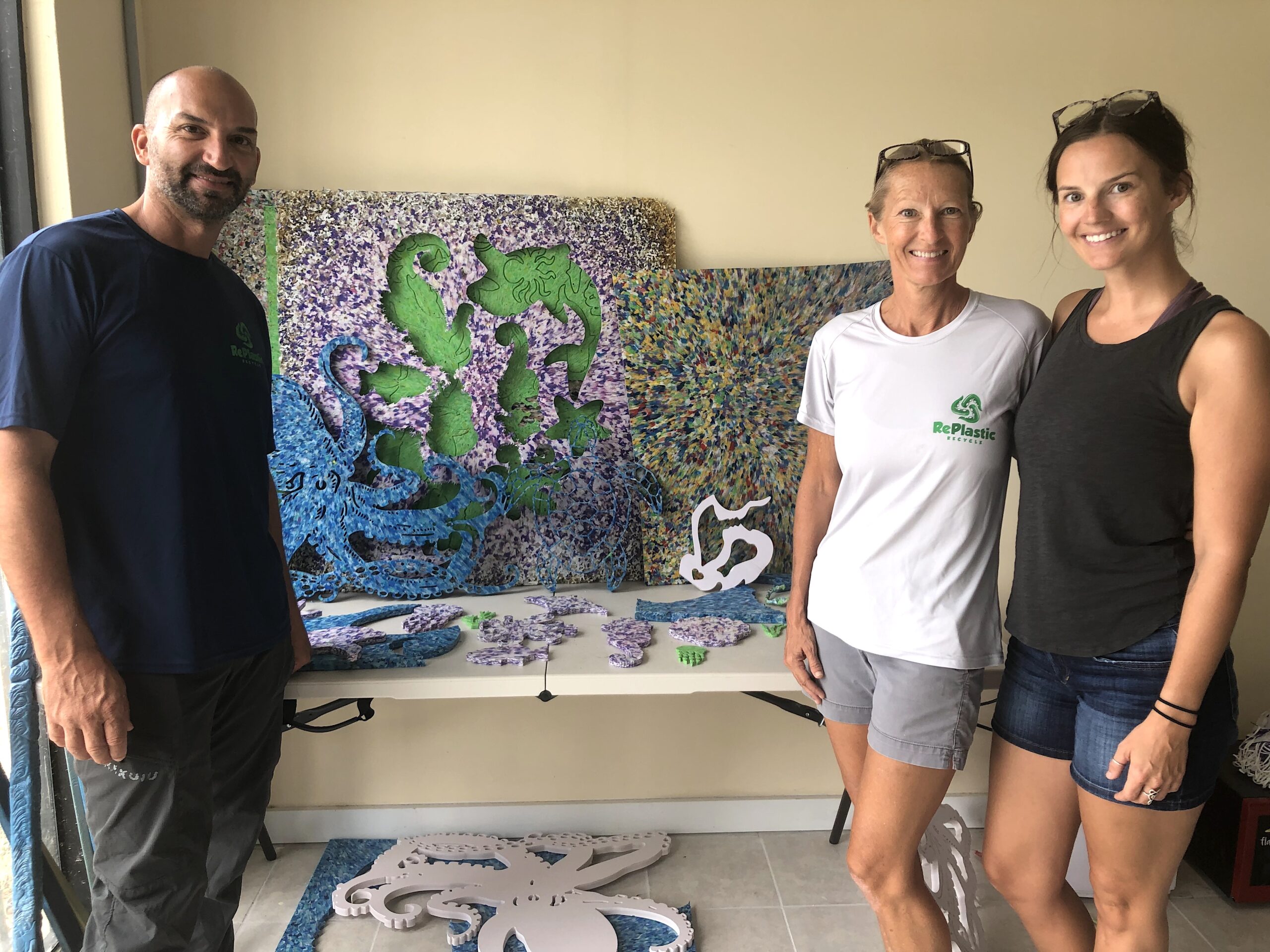
If you follow the recycling myth down the rabbit hole, you will learn that most plastic will remain in landfills, roadways and the ocean forever while plastic manufacturers increase producing as much as three times more of the stuff by 2060.
In the meantime, a new St. Croix company, Replastic Recycle, is creating household items, building materials, furniture and art from some of the disposables.
“We’re learning it as we go,” Steve Chmura, one of the owner-operators, said. “We collect the plastic and make durable things.”
Since opening its doors about three months ago, Replastic Recycle has been working with businesses such as laundromats and restaurants to collect quantities of certain plastics.
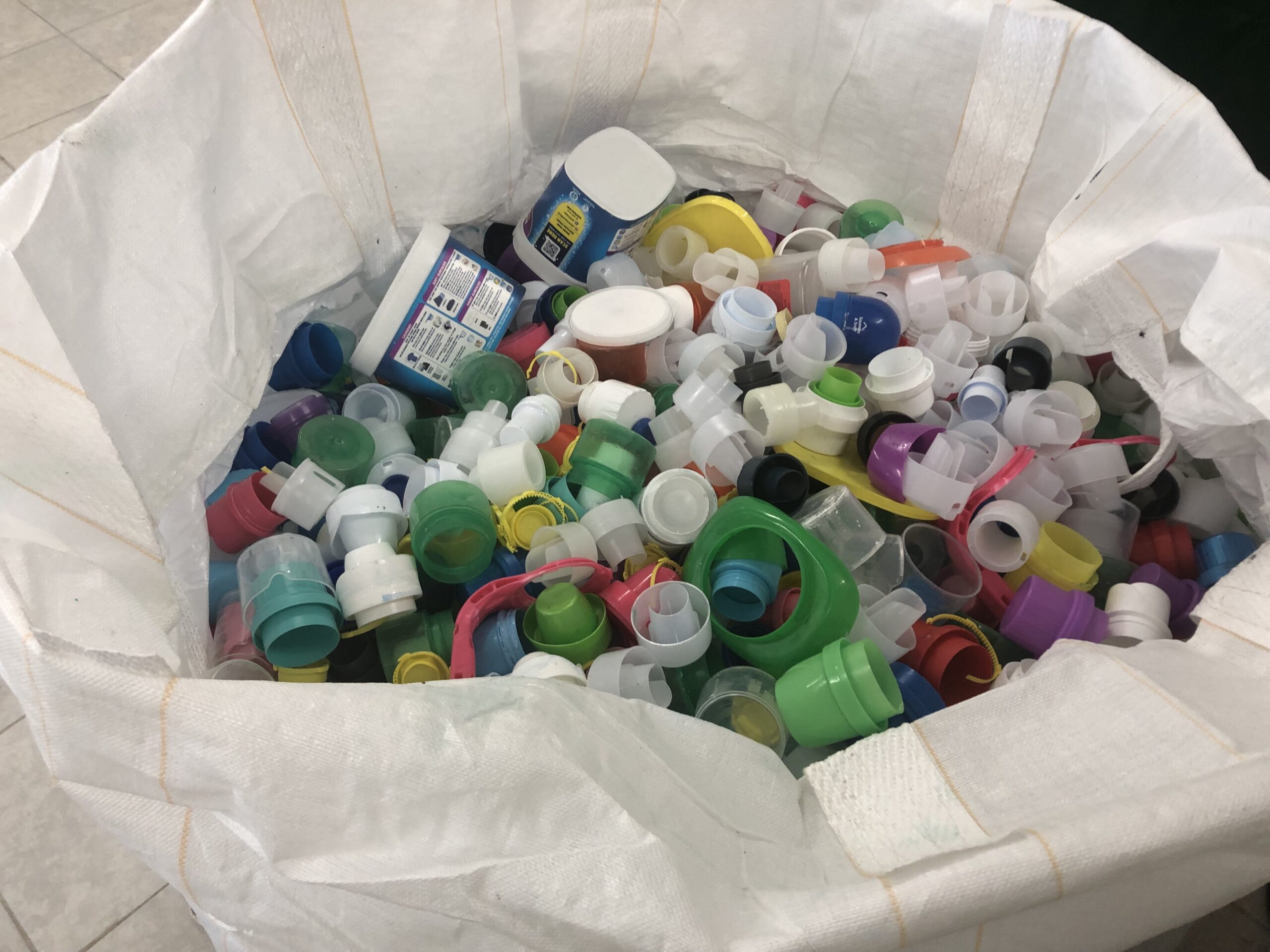
According to Lacy Geddie, Replastic Recycle operations director, they can repurpose types 2 and 5 plastic. Polyethylene Type 2 is High Density (HDPE) and Type 5 is Polypropylene (PP), such as laundry detergent and liquid bleach containers.
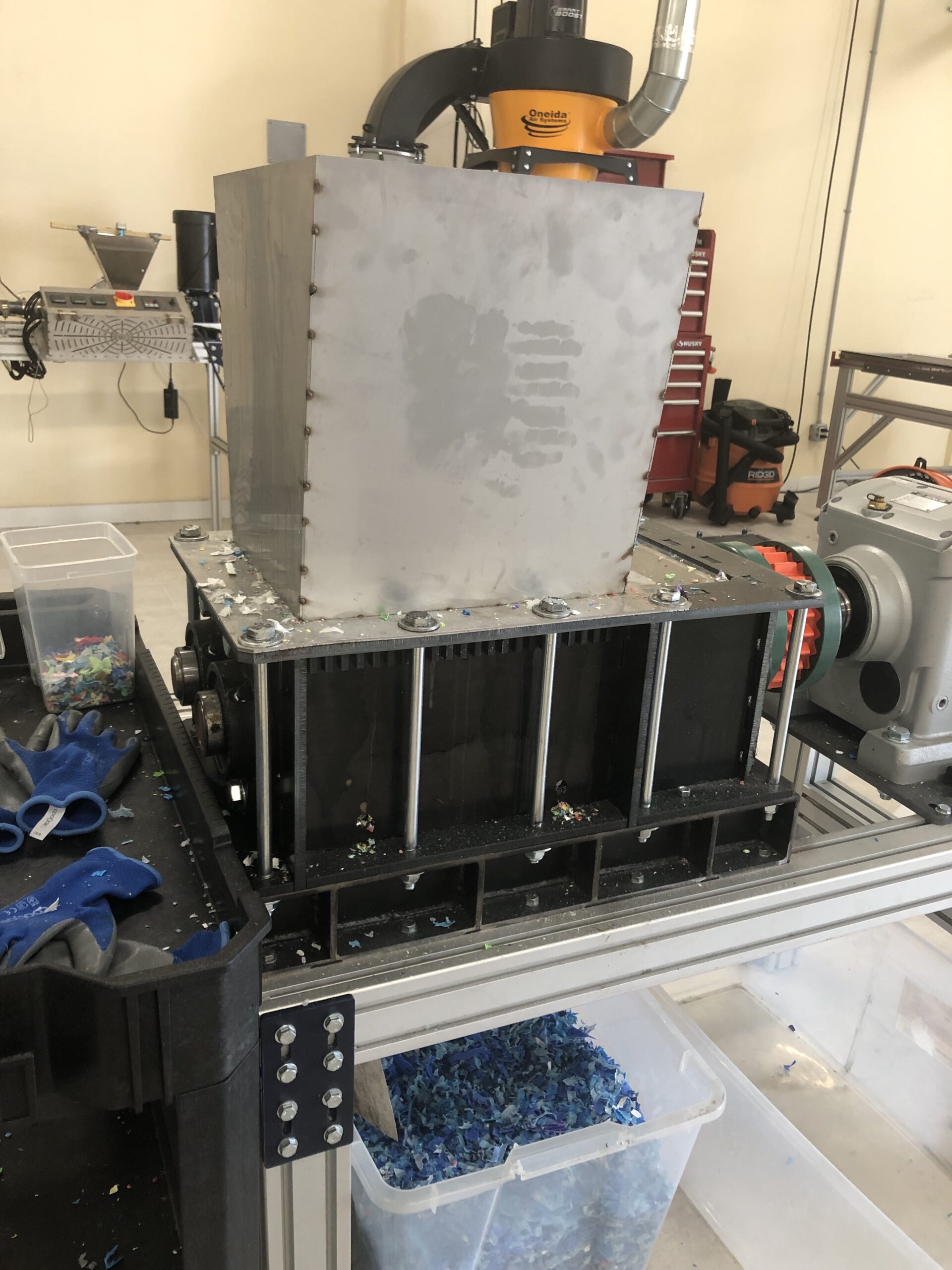
Replastic Recycle’s process consists of several steps using specialized equipment to end up with something new. First, the cleaned and dried plastic containers must be washed and dried. It is broken down by color and type of plastic and put through a shredder four or five times. Then the confetti is washed and dried again.
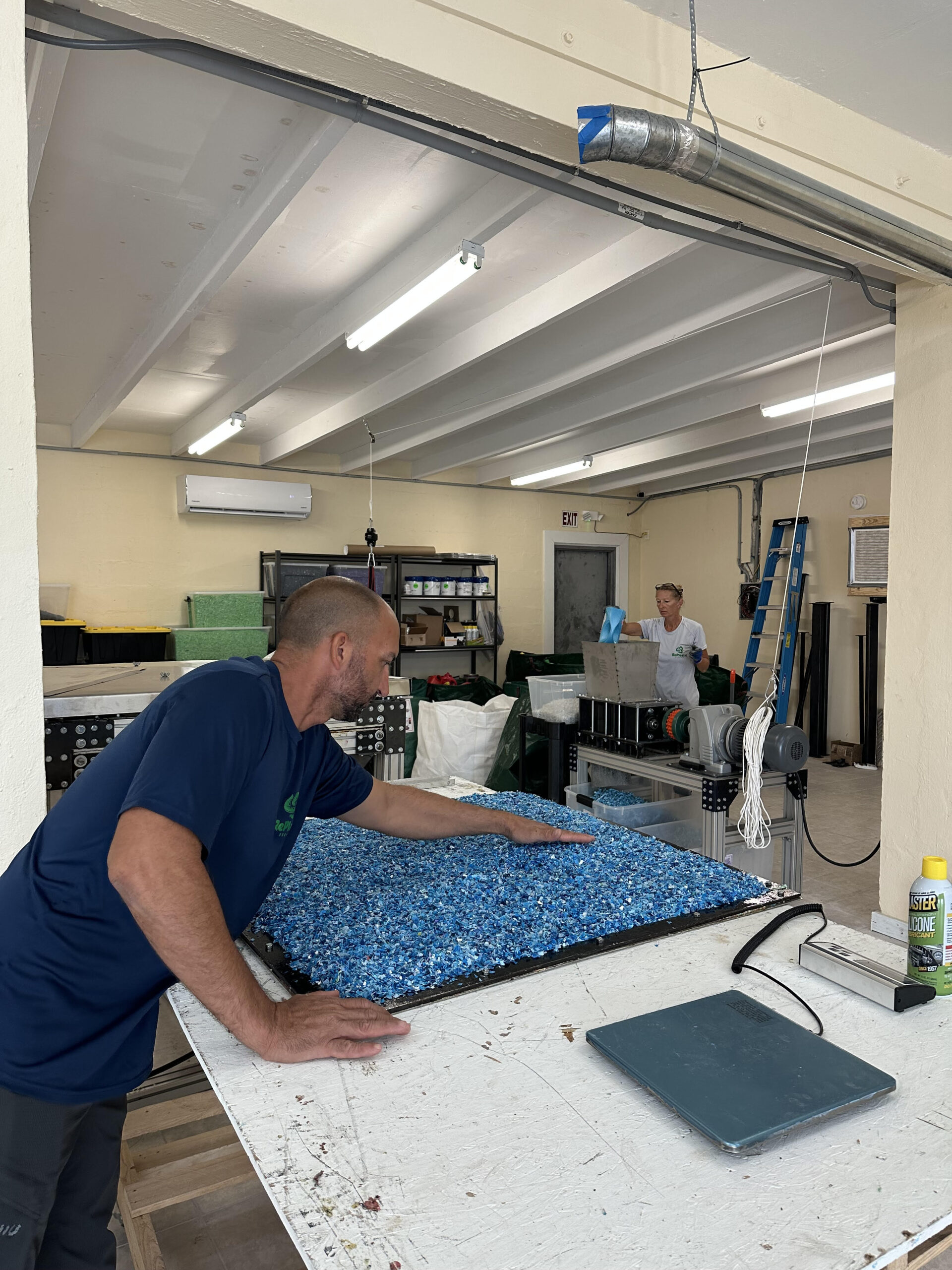
The next piece of specialized equipment – a sheet press – melts and presses the plastic pieces flat. Dyes can be added and the sheets can be pressed into different thicknesses. The slabs are eight times denser than a cement block, said Amy Bowler, the other Replastic Recycle owner/operator. What drips off the sides of the press will be re-shredded and repressed, she added.
The pressed sheets of plastic are then laid on the C & C machine to cut out patterns.
“We design it on the program. Basically, we have two programs. One program does all the design work. That program kicks it over and tells the other the code and the other program tells the machine how to operate. So we can draw, create, design most anything with the CAD program.” Steve Chmura, the other owner-operator, said.
By the front door, there are samples of the cut-outs that have been made so far that could be converted into souvenirs or wall art. Keychains, carabiners and souvenirs are some of the first products they plan to make, Bowler said.
Rather than using the sheet press, the plastic flakes can be packed into an extruder to make lumber-like beams and bricks, which are less costly to build with and there is no cement mixer in the picture. The company will eventually construct enough bricks to make emergency shelters that can be put together in two days after a weather event with an 8-15 year life expectancy. If the repurposed plastic breaks, it will be recycled again, Bowler said.
Chmura said the company is starting small, making items for tourists to get some of the plastic off the island. They were inspired to start the company while traveling from island to island on a sailboat. Everywhere they saw a lot of plastic refuse and no way to get rid of it.
According to the EPA, 56,000 tons of plastic go into V.I. landfills here every year.
“It may not affect your life or my life, but it will affect our kids’ lives and it will cost ten-fold to process what we have now,” Chmura said. “It’s more expensive to use virgin plastic because it doesn’t go away and just adds to the crop of trash down the road.”
Eventually, a larger facility will be built to make signs and furniture for resorts. Different additives can be added to fight the Caribbean weather. The furniture will cost around the same as traditional furniture, Chmura said.
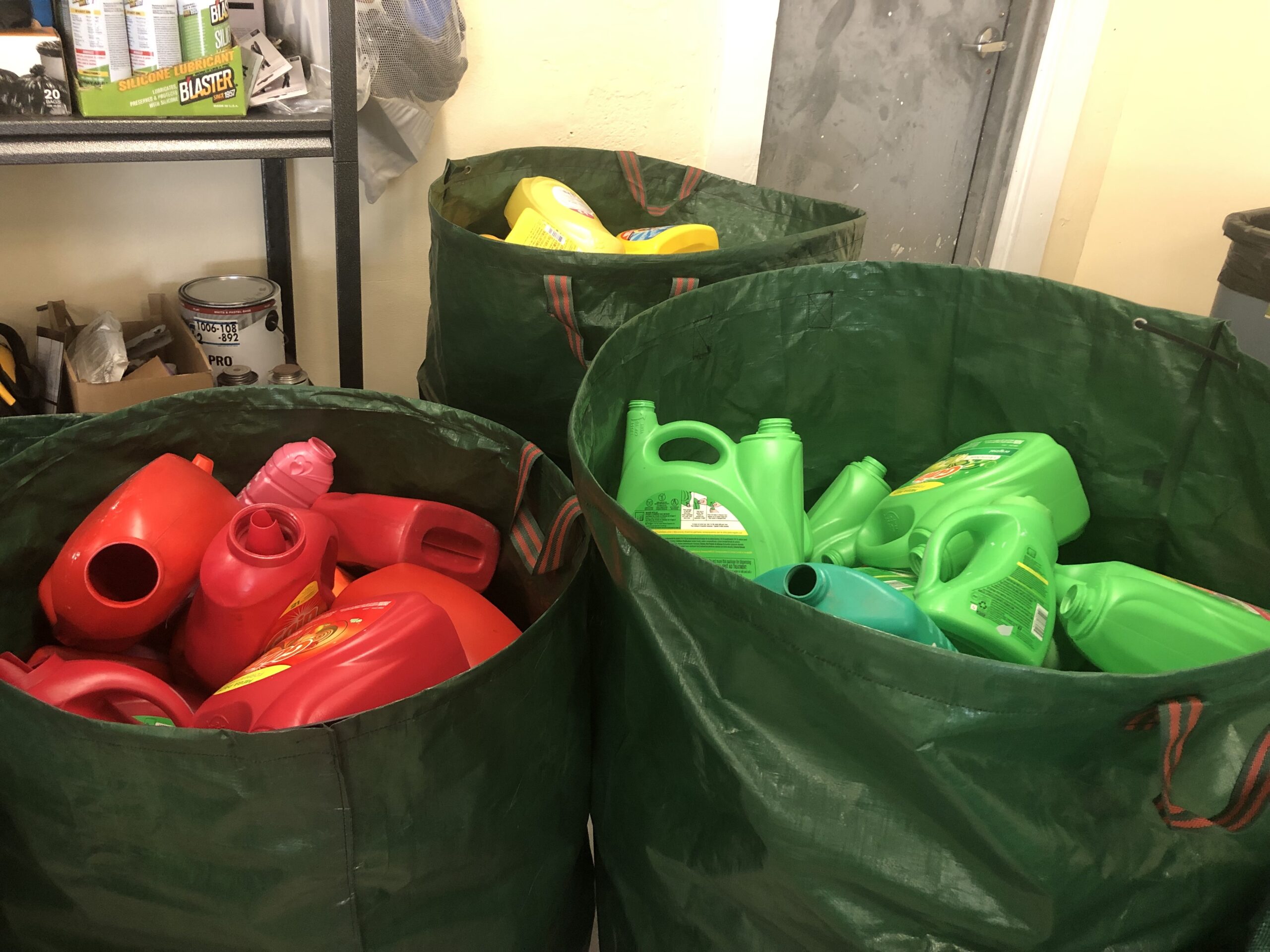
“There is really such a large volume of plastic here. We could be able to produce furniture for everyone in the USVI – outdoor furniture, tables and chairs. And that’s not going into the landfills, adding to our mess,” Chmura said.
Unfortunately, Type 2 (PETE) – the most common and numerous shiny, clear plastics such as shrink film and water bottles do not work with Replastic Recycle’s equipment.
Replastic Recycle will be at Mango Melee and they will collect plastics at Leatherback Brewery on July 15 and then collection will continue on the first Saturday of the month. In the future, education will be a focus so people learn what can be recycled by the company, Bowler said.


